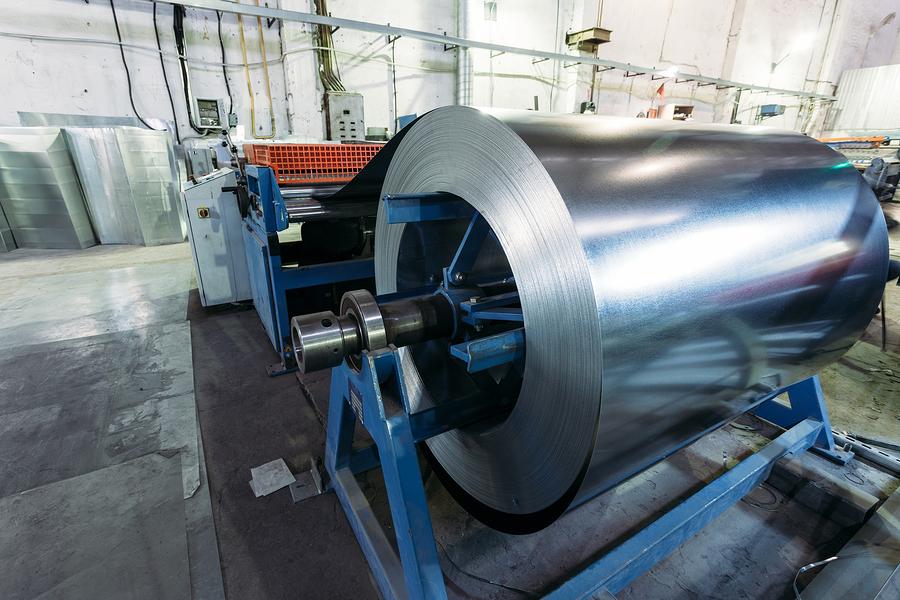
Can You Get Customized HVAC Sheet Metal Fabrication for Uniquely Designed Systems?
When it comes to customized HVAC sheet metal fabrication for uniquely designed systems, this option is not only available but also recommended by most HVAC

When it comes to customized HVAC sheet metal fabrication for uniquely designed systems, this option is not only available but also recommended by most HVAC

For all processing facilities, being able to get product, byproducts, or feedstock from one point to another in a timely and reliable fashion is critical.

Manufacturers construct sheet metal out of a few different types of material. Galvanized is the most common one we hear of because it’s used in

Each batch of sheet metal is made to differing levels of strength, size, and thickness depending on the exact performance tests it has to pass.

There are basically two types of ductwork. The first type, which is also the most frequently used, is rigid and often made of galvanized sheet

Sheet metal is an excellent choice for heating and cooling equipment because it enhances the performance of duct design components. Not only are sheet metal

Whatever your line of business is, you have a variety of systems that help keep things running smoothly: HVAC for cool air in the summer

When looking at duct-work, one does not think about all the work that goes into building them. Sheet metal fabrication is an art in itself

Sheets of metal are manufactured in different thicknesses. The thinnest pieces are aluminum foils used as kitchenware, and the thickest sheets are plates used as

If you are a business owner or industrial manager in San Jose, you may already know how important it is to find the right sheet